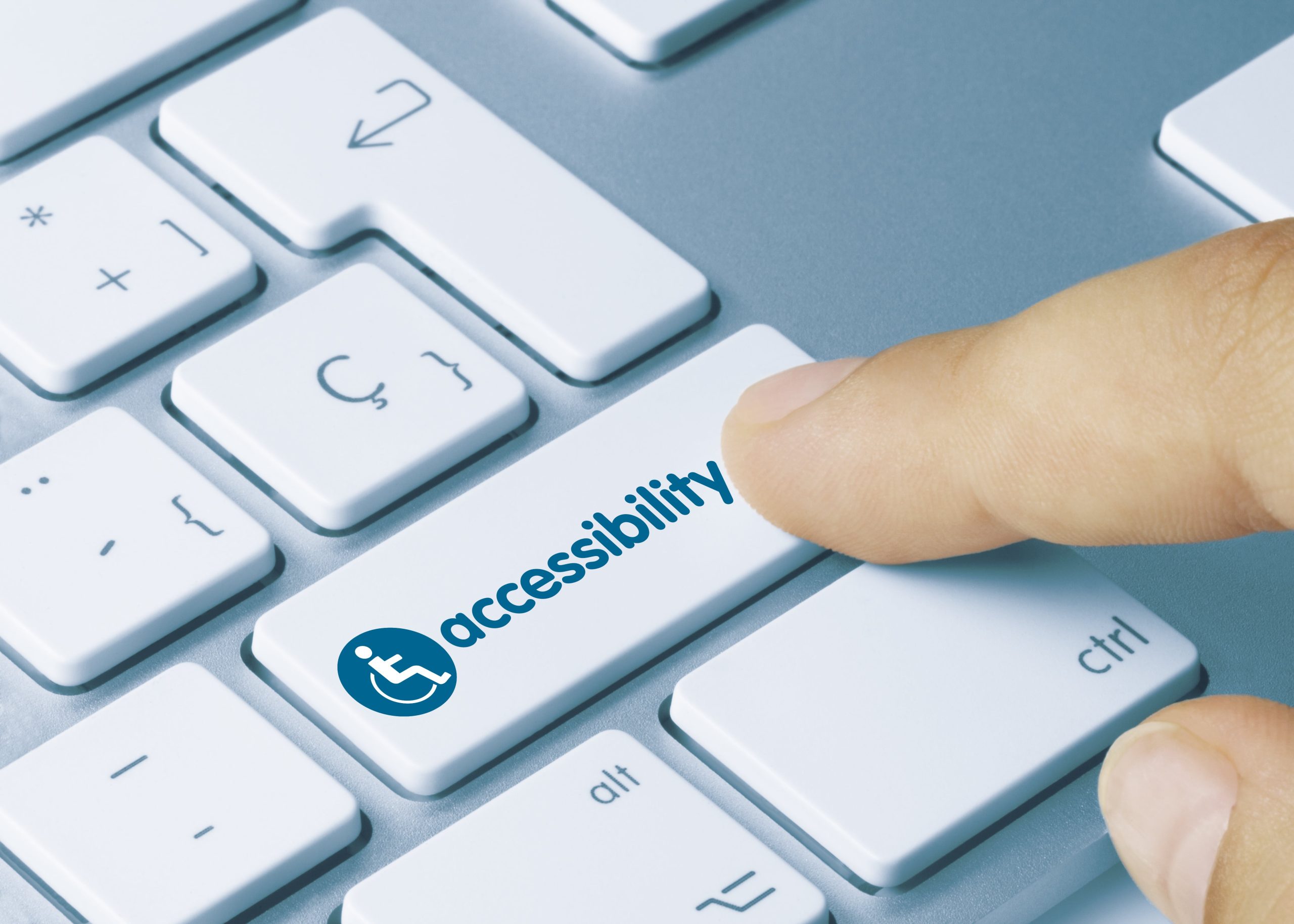 Speed matters when it comes to your website. You probably know that instinctively just from your experience as an online consumer. There are studies that back up your instincts too. Did you know that even a one-second delay in how long it takes a page on your site to load will result in 11 percent fewer page views and a 7 percent decrease in your conversions? One second. And with each additional second, those losses exponentially multiply. How to improve website loading speed is more than just a matter of convenience and user experience. It’s matter of dollars and cents.
Speed matters when it comes to your website. You probably know that instinctively just from your experience as an online consumer. There are studies that back up your instincts too. Did you know that even a one-second delay in how long it takes a page on your site to load will result in 11 percent fewer page views and a 7 percent decrease in your conversions? One second. And with each additional second, those losses exponentially multiply. How to improve website loading speed is more than just a matter of convenience and user experience. It’s matter of dollars and cents.
We haven’t even factored in the losses you get as a result of people never seeing your page in the first place. Google takes site speed very seriously when deciding who gets the prime position in their organic search results. There’s a practical business reason for this. If people are unhappy because Google sent them to a slow website, they might try the search engines at Bing, Yahoo, or DuckDuckGo.
So what do you, a small business owner who doesn’t have a full-time developer on staff do about this?
Your first step is to get the lay of the land. Use Google’s Page Speed Insights tool to find out exactly where you stand on the spectrum of site speed. It only takes a couple of minutes and provides interesting insights. Enter your domain name and get your report card back.
The next step is not to get too despairing if you see some ugly numbers on that report card. Google is a notoriously tough grader and few websites really score high. Just focus on the practical recommendations that are offered.
Of course, every website’s recommendations will be unique to them, but there are some common issues in website loading speed that you—even without a full-time developer—can likely work on yourself.
Reduce Image Size
For most websites, speed problems trace back to images and videos. Having both is eye-catching, offers more consumable content, and is highly recommended. But you have to implement them correctly to make sure that the negative impacts on load times is reduced.
Make sure you load the image at the size you intend to display it. Content management systems (CMS) like WordPress do have tools where you can crop the image after it’s in the library. But that means the large original is still there even after the smaller one has been displayed on the page. Either use a free resizing tool before you upload the image, or make sure you delete the large original.
Then you need to be sure the image is properly compressed. The way to start is to make sure that you use JPG as the image format wherever possible. You can then use a free image-compressing tool to further reduce the size.
Please note that when we say “reduce the size”, it’s not making the visual image smaller for the user. It’s simply restructuring the code on an image and doing so in a way that won’t hurt the image’s visual quality.
For video, rather than uploading them directly to your site, you can rely on the third-party hosting platforms that are out there. YouTube, Vimeo, Wistia, and Rumble all allow you to host videos and easily embed them onto whatever webpage you want them displayed.
Evaluate Your Plug-Ins
Every CMS requires some additional plug-ins. The downside is that too many plug-ins slow down the website. It’s time to take a careful look at everything you’ve installed over the years.
Some of these will be necessary—in fact, some will be necessary for the specific purposes of reducing load times. If you run off WordPress, a good example is W3 Total Cache. This plug-in enables first-time users to load all the assets on a page quicker than they otherwise might.
But if you’re like most small businesses, there are going to be some unnecessary plug-ins included. Maybe you had an idea five years ago that required a plug-in. The idea never really took off, but the plug-in remains.
If you hired a freelance developer or agency to build the website, we’d suggest talking with them first before deactivating plug-ins—just to be sure they aren’t serving any purpose. But getting rid of the unnecessary ones is an easy way to gain some speed.
We’re Just Beginning
This article has outlined some low-hanging fruit that any business owner can adopt to improve their website. The overall process, though, is comprehensive. It may involve re-evaluating your hosting package. It will almost definitely involve some serious coding work on your CSS and stylesheets. In short, it may require getting some outside help on this. But dealing with your images and plug-ins is a great way to get started.
Want to get more out of your website’s performance? We can help. Call (443) 475-0787 today.






